- ROBOTERA L7 stands 171cm tall, weighs 65kg, and boasts 55 degrees of freedom with unmatched speed up to 14.4 km/h.
- Features an advanced sensor suite with panoramic vision and 360° spatial perception for real-time interaction in complex environments.
- Powered by a high-performance onboard AI platform integrating multisensor fusion and full-body control for smooth, agile movement.
- Capable of breakdancing, 360° spins, and fine manipulation of objects while handling payloads up to 20kg.
- Surpasses its predecessor, STAR 1, with faster speed and enhanced adaptability while building on previous AI and mechanical innovations.
- Designed for versatility across logistics, manufacturing, research, and entertainment sectors, pushing humanoid robotics into new frontiers.
ROBOTERA L7: Redefining Speed and Dexterity in Humanoid Robotics
The world of humanoid robotics has a bold new standard-bearer: the ROBOTERA L7. Designed by the Tsinghua University-backed startup ROBOTERA, the L7 doesn’t just build on the legacy of the STAR 1 model—it dramatically surpasses it in agility, intelligence, and strength, heralding the arrival of robots that can match both human speed and finesse.
Physical Description: Humanlike Proportions, Athletic Performance
Standing at 171cm, the L7 mirrors the stature of an average adult, making it both approachable and versatile for real-world tasks. Weighing about 65kg, this bipedal robot is sleek and robust, its design honed for effortless, dynamic movement. The engineering team prioritized aesthetics and utility, giving the L7 a slim profile and articulated limbs to enhance both its physical capability and its ability to engage safely with human environments.
Specifications: Breaking Barriers
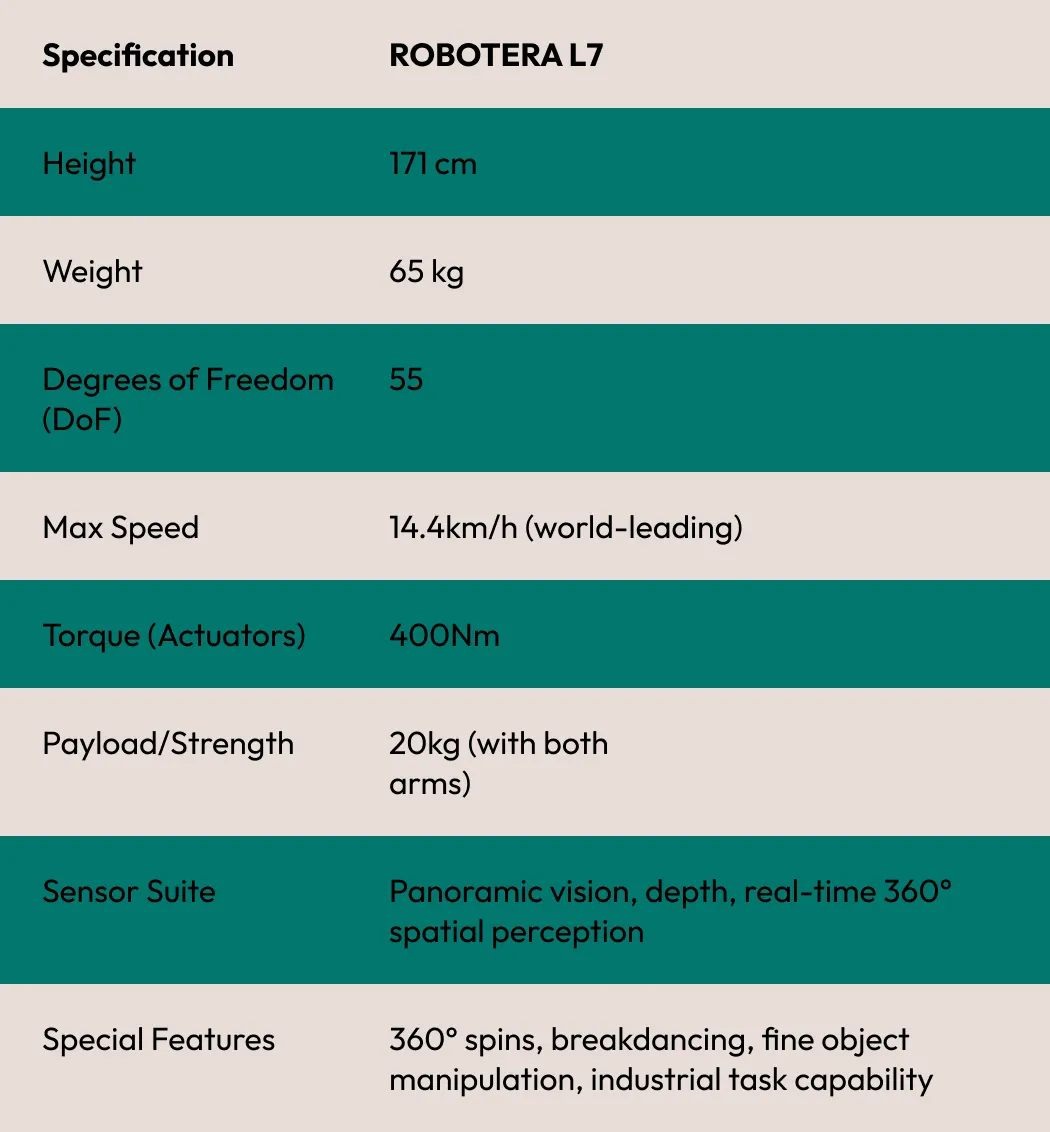
The L7’s leap in performance is evident in its speed—it currently holds the record as the world’s fastest full-sized humanoid, outpacing even its predecessor, the STAR 1, by topping out at 14.4km/h (compared to STAR 1’s 12.9km/h). But it’s about far more than running; the L7 can execute 360-degree spins, breakdance, and—crucial for practical deployment—use tools, sort objects, and handle both delicate and heavy items with dexterity.
Software and Compute Power: “Body and Brain” Architecture
ROBOTERA L7 is built upon what the company calls its “body and brain” platform. This architecture fuses:
- Powerful full-body AI control: Enabling highly synchronized movement that mimics natural human athleticism—balancing, running, and manipulating diverse objects.
- Multisensor Fusion: The L7 integrates panoramic cameras, depth sensors, and advanced positional feedback to map and interact with its environment in real-time 3D. This 360º spatial awareness allows safe, flexible operation in complex human spaces without reliance on outside compute or slow cloud inference.
- Edge Compute Power: While the precise processor model isn’t revealed, the platform’s described ability to run advanced AI, multisensor fusion, and maintain balance during fast motion implies high-performance, low-latency onboard computing—likely rivaling or exceeding the industry standards set by prior models such as the STAR 1, which used powerful CPUs and NVIDIA Orin compute.
Capabilities: Versatility on the Factory Floor and Beyond
The L7’s talents extend well beyond show-stopping dance routines. In factory and logistics settings, it can:
- Sort, scan, and manipulate packages and industrial components
- Use torque tools for assembly and maintenance
- Perform soft, nuanced motions—like handling textiles or tearing paper—previously out of reach for most robots
- Carry and transport loads up to 20kg with its arms
Its dynamic gait, quick-response balance, and robust AI systems enable smooth operation in unpredictable, changing environments—a "dual breakthrough" rarely achieved in humanoid robotics.
Brief Nod to STAR 1: Foundation for L7’s Success
The earlier STAR 1 model laid the essential groundwork for ROBOTERA’s breakthroughs. Standing 171cm tall with 55 degrees of freedom and capable of speeds up to 12.9 km/h, STAR 1 combined impressive athleticism with advanced dexterity powered by the ERA-42 AI platform. Notably, STAR 1 recently became the first robot skilled enough to use chopsticks with finesse, marking a major leap in robotic manipulation of traditional Chinese culinary tasks. It can cook dumplings, steam buns, pour wine, and even clink glasses in a toast—demonstrating a blend of precision, delicacy, and humanlike interaction that few humanoids achieve.
This breakthrough was enabled by ROBOTERA’s development of the XHAND1 robotic hand, featuring 12 degrees of freedom and a five-finger design that closely mimics human hand mechanics. The thumb and index fingers each provide three degrees of freedom, while the remaining fingers have two, allowing STAR 1 to perform lifelike, precise movements critical for esports, fine manipulation, and everyday tasks.
Building on these core capabilities of speed, manipulative dexterity, and multi-sensor AI fusion, the L7 extends STAR 1’s legacy—going faster, moving smarter, and handling tasks with even greater adaptability to meet the demands of industrial, research, and interactive environments.
Conclusion
The ROBOTERA L7 is more than an engineering milestone; it’s a declaration that robots can both run as fast as humans and handle the fragile tasks of daily life. With its record-breaking speed, full-body AI, and versatile sensor suite, L7 stands poised for impact in industries ranging from logistics and manufacturing to research and even entertainment. Following in the footsteps of STAR 1, L7 demonstrates how quickly humanoid robotics is accelerating—towards a future where robots are not just tools, but agile, perceptive partners.
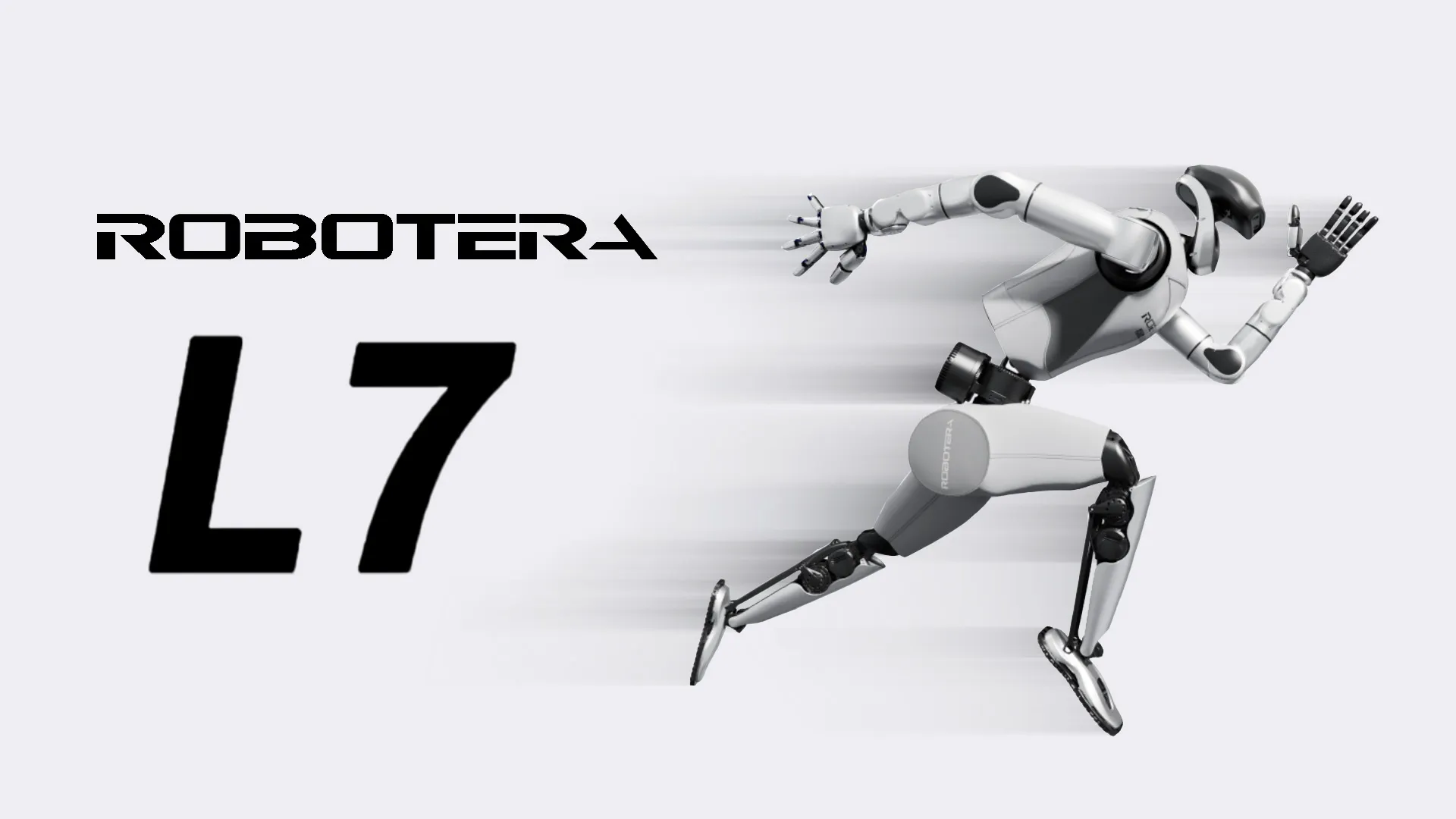

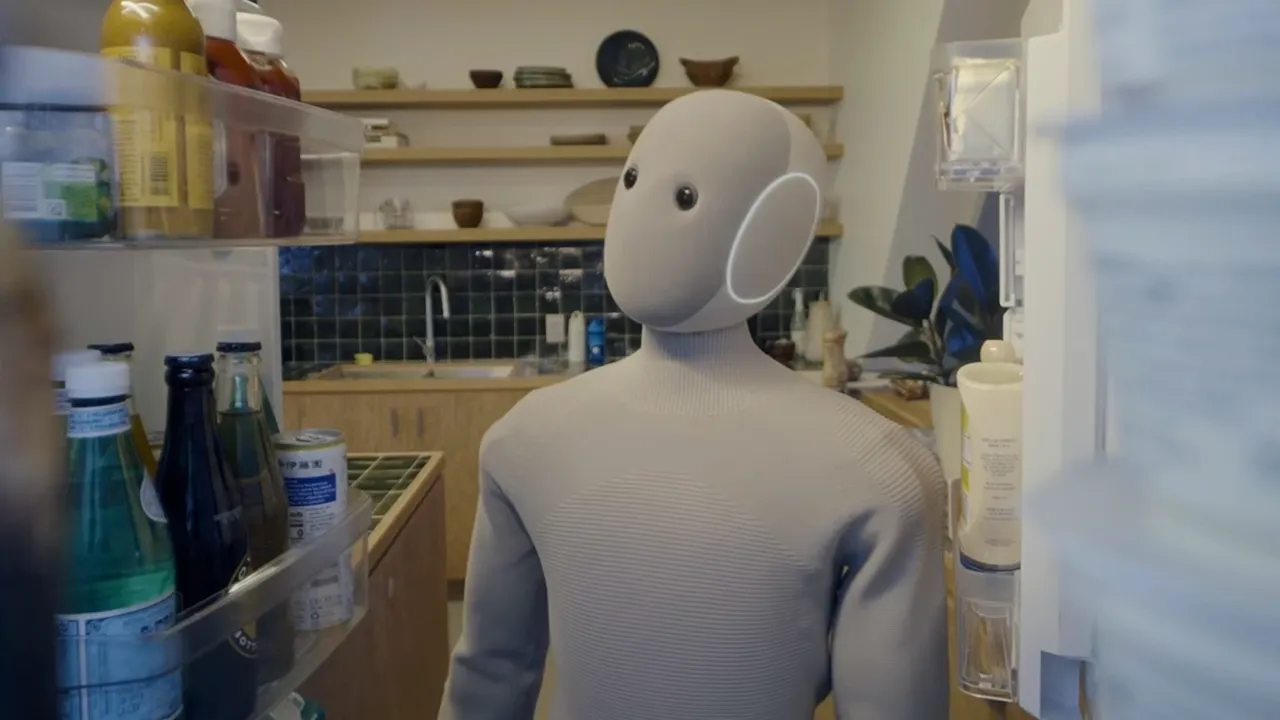
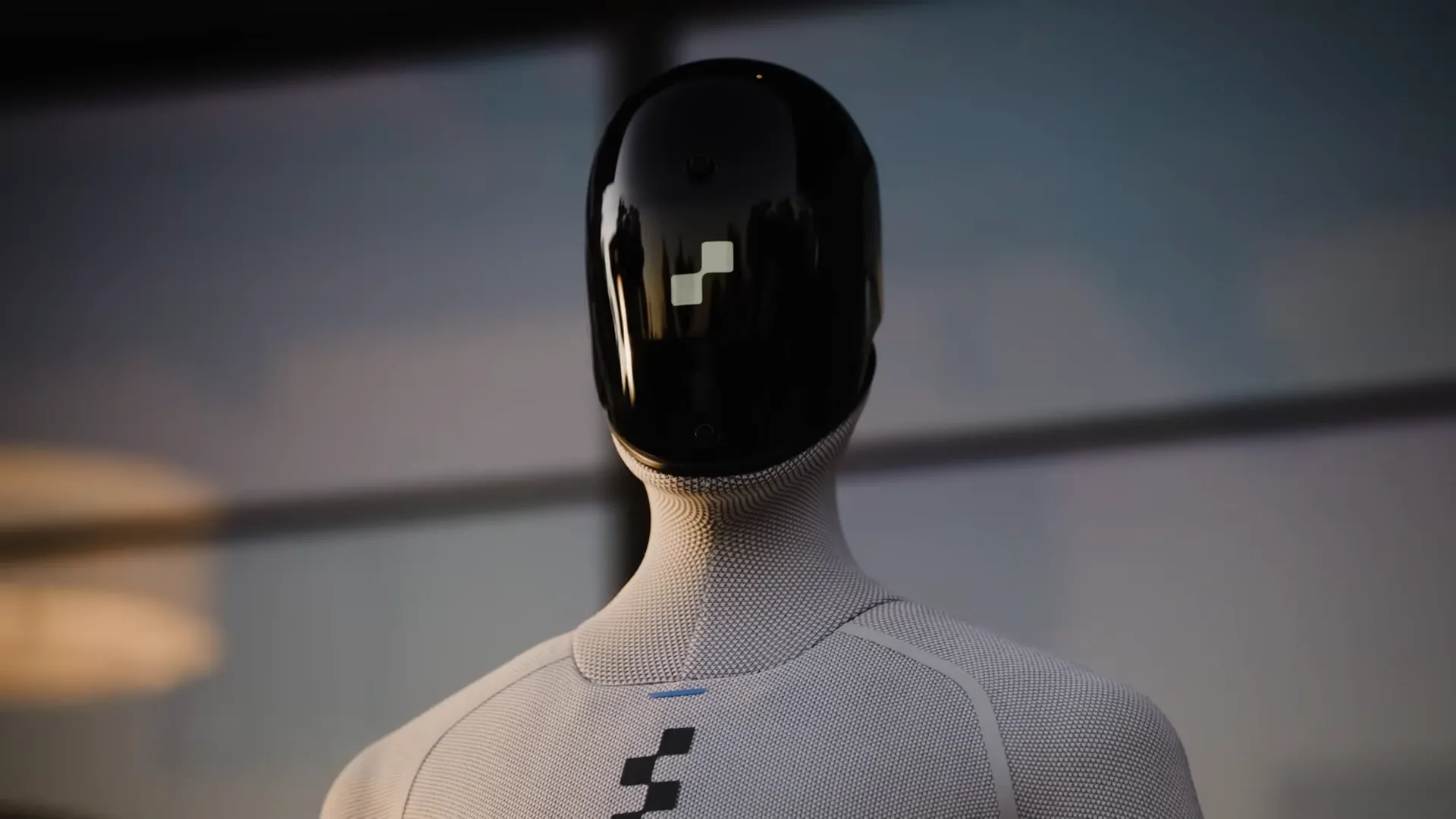
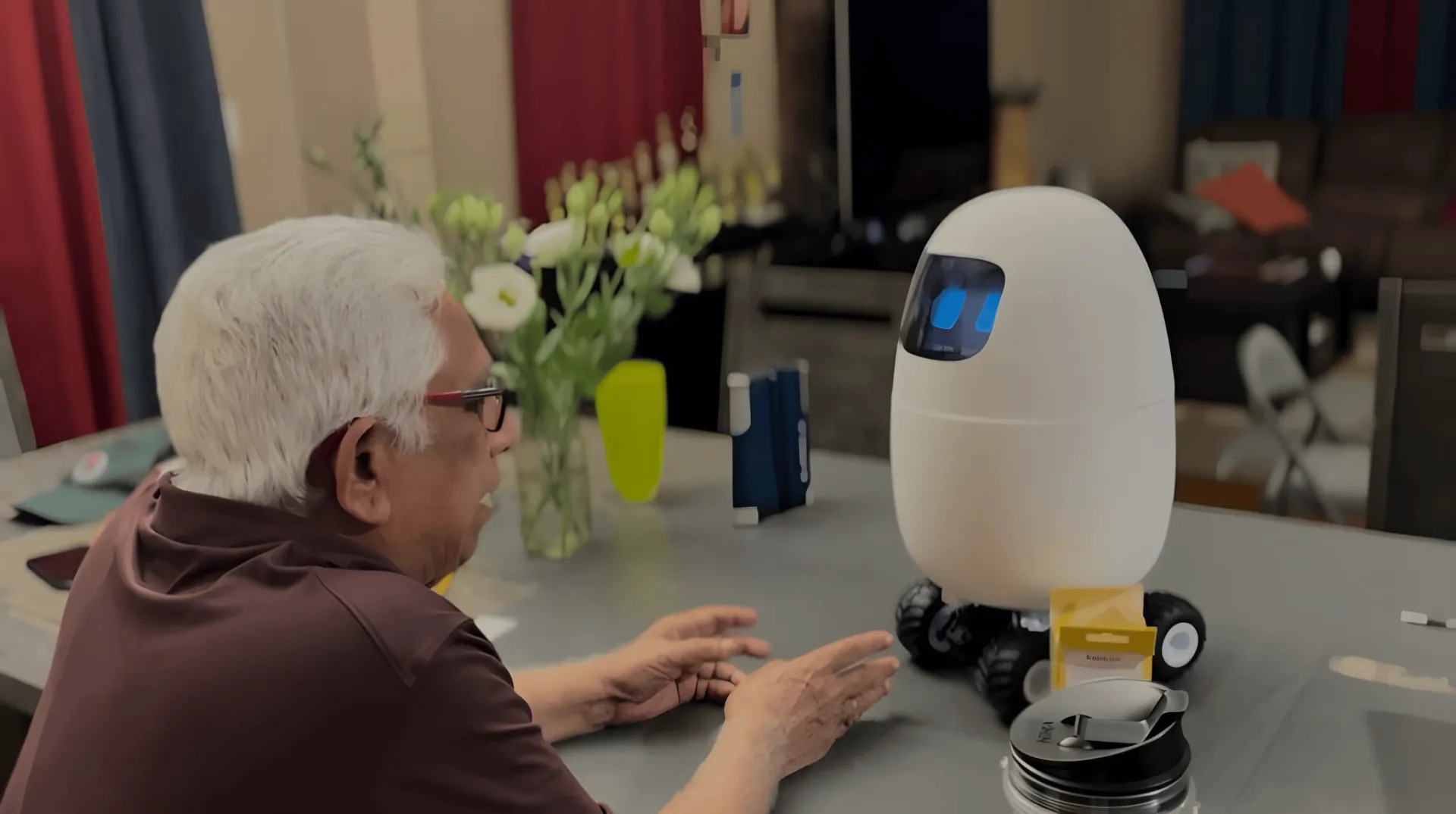
.jpeg)
